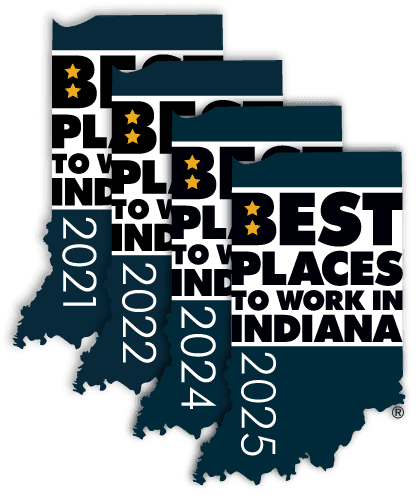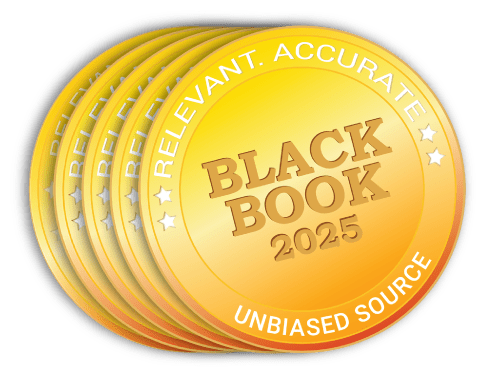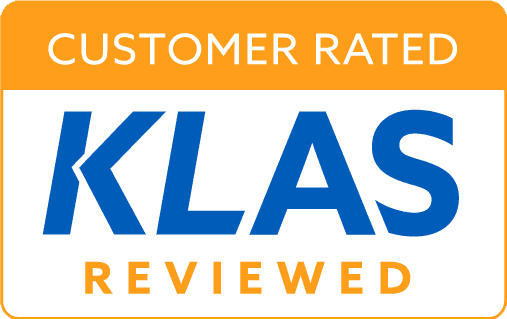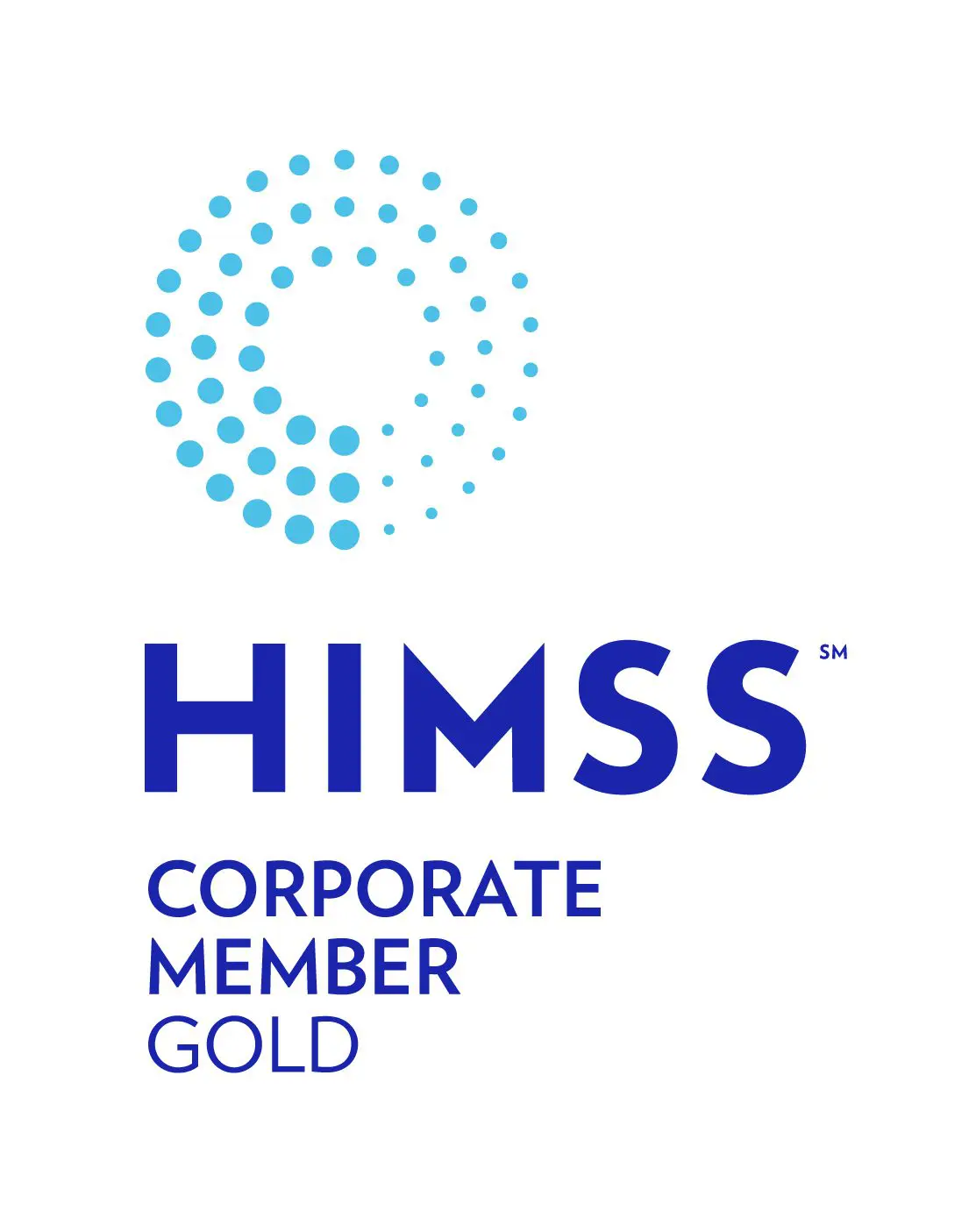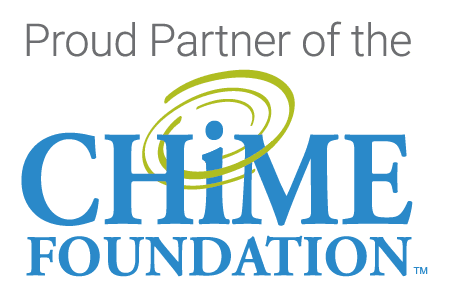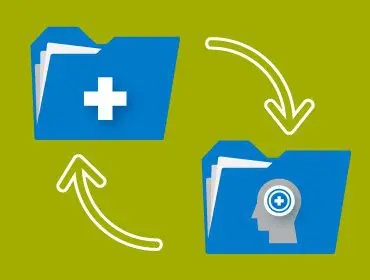
About half of all Americans will meet the criteria for a diagnosable behavioral health condition sometime in their life, with the delay between symptom onset and treatment averaging about 11 years. With the pandemic bringing out an urgent need for more mental health treatment especially for the Gen Z audience, a study conducted by Harmony Healthcare IT revealed 31% of Gen Zers rate their overall mental health as bad with 26% diagnosed during the pandemic.
A research collaborative of national health IT experts says there are several immediate action steps that providers can take to help improve earlier diagnosis and treatment. With 80% of people with a behavioral health disorder visiting a primary care provider at least once a year, the report calls for healthcare technology to better integrate electronic records between behavioral health and primary care.
ECRI’s Partnership for Health IT Patient Safety along with the Electronic Health Record Association (EHRA) shared a white paper with specific recommendations to develop and implement health IT to support and enhance the integration needed between behavioral health and primary care.
The Role of Primary Care and the EHR as First Responders to Behavioral Health Issues
With 50% of all behavioral health disorders treated in primary care, the report highlights concerns that are most often reported first during these general office visits, including:
- Mental health problems
- Substance use problems
- Behaviors that contribute to chronic health conditions (e.g., asthma, diabetes, high blood pressure) ― stressful life situations or crises
- Stress-related physical symptoms
- Opportunity to communicate to the patient the benefits of regular use of primary healthcare while avoiding unnecessary emergency department or urgent care visits or hospital use
The research recommends five technology-based action steps healthcare organizations could take to integrate behavioral health into primary electronic health EHR systems, and include:
- Make sure behavioral health screening tools are integrated and accessible in the EHR.
- Put triggers in place that can set off medical support that integrates behavioral health and primary care. This action may require additional best practices such as “break-the-glass” audit feature that could allow clinicians emergency access to certain behavioral/mental health information in an emergency.
- Make documentation better to help link behavioral health and primary care.
- Ensure secure and collaborative information sharing.
- Set up EHRs so that patient information sharing is consistent with regulations, policies and patient requests. This means enabling EHRs to segment patient information for exchange that meets all regulations and requirements.
The 21st Century Cures Act’s Impact on Behavioral Record Sharing
There are very specific regulatory guidelines in place that govern the documentation and sharing of behavioral health information. Generally, HIPAA does not include psychotherapy notes as part of its designated record set. HIPAA dictates that psychotherapy notes are kept separate and does not allow the provider to make most disclosures about psychotherapy notes without the patient’s authorization and does not allow for automatic patient access to the notes.
However, the Cures Act mandates a new standard record set called the United States Core Data for Interoperability (USCDI) for inclusion in electronic record transfer between providers and between providers and patients. The USCDI includes “progress notes” and doesn’t make a distinction between progress notes and psychotherapy notes. Some providers are making patient progress notes a deliverable, arguing that the progress notes support medical transparency and increase trust between providers and patients. They claim this also allows the patient an opportunity for reflection and oversight of their care, reduces errors and promotes person-centered communication. Others are keeping psychotherapy notes excluded from the Open Notes Rule as long as they are stored separately. However, if the psychotherapy notes reference content that is considered medical record notes, they cannot be blocked. Examples of mental health-oriented, medical record notes include:
- Diagnosis
- Symptoms
- Functional status
- Treatment plans
- Prognosis
- Progress to date
- Session start and stop times
- Test results
- The modalities and frequencies of treatment furnished
- Medication prescription and monitoring
Further, new HIPAA regulations are expected to be published later this year that could include updates that impact mental health record sharing, such as:
- Covered entities will be permitted to make certain uses and disclosures of PHI based on their good faith belief that it is in the best interest of the individual.
- Covered entities will be allowed to disclose PHI to avert a threat to health or safety when harm is “seriously and reasonably foreseeable.” (The current definition is when harm is “serious and imminent.”)
While more clarity may be forthcoming on what information should be shared from behavioral health records, one thing is clear: Health IT solutions can support behavioral and medical records to help improve outcomes.
Whether a provider utilizes a stand-alone behavioral health EHR – such as Anasazi, CareLogicEHR, Netsmart, myAvatar™, Credible, Accumedic, DrChrono, InSync Healthcare Solutions, Mindlinc, NextGen, SimplePractice, ThereapyNotes, or Valant – or a mental health platform from another EHR like Cerner or Epic, access to the complete patient record is vital. A longitudinal view can provide critical information to support overall patient care and help deliver better outcomes.
As EHRs get replaced and retention laws can span decades, an active archive solution may be required to maintain access to legacy records. HealthData Archiver®™ is a secure record-storage solution that seamlessly integrates legacy records into a searchable and easy-to-use format so that important records are at your fingertips anytime you need them – including behavioral health notes secured with role-based access controls. With Single Sign-On capability from the active EMR to HealthData Archiver®, clinicians can have access to the complete patient record at the point of care, whether that be bedside, in an office, or through a telehealth visit.
As guidance continues to evolve around best practices and regulations for behavioral health records, healthcare providers need to be prepared with data management practices and solutions that are agile and secure for long-term record management. That includes active archiving as a strategy.
Whether you are implementing or replacing a new behavioral health EMR, we can help.
Note: This blog is updated from a previous version published May 6, 2022

